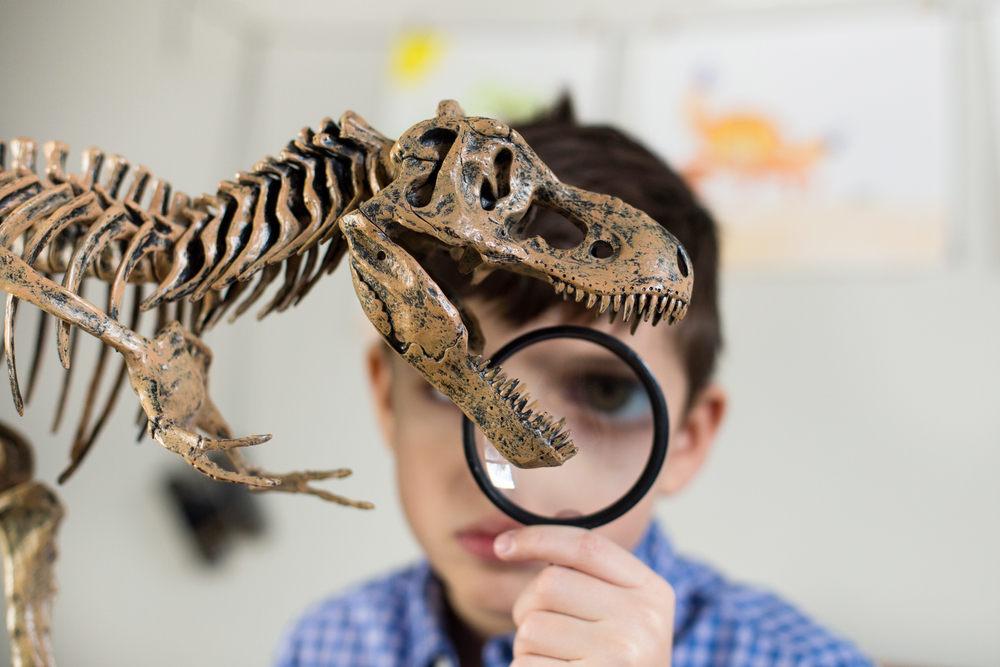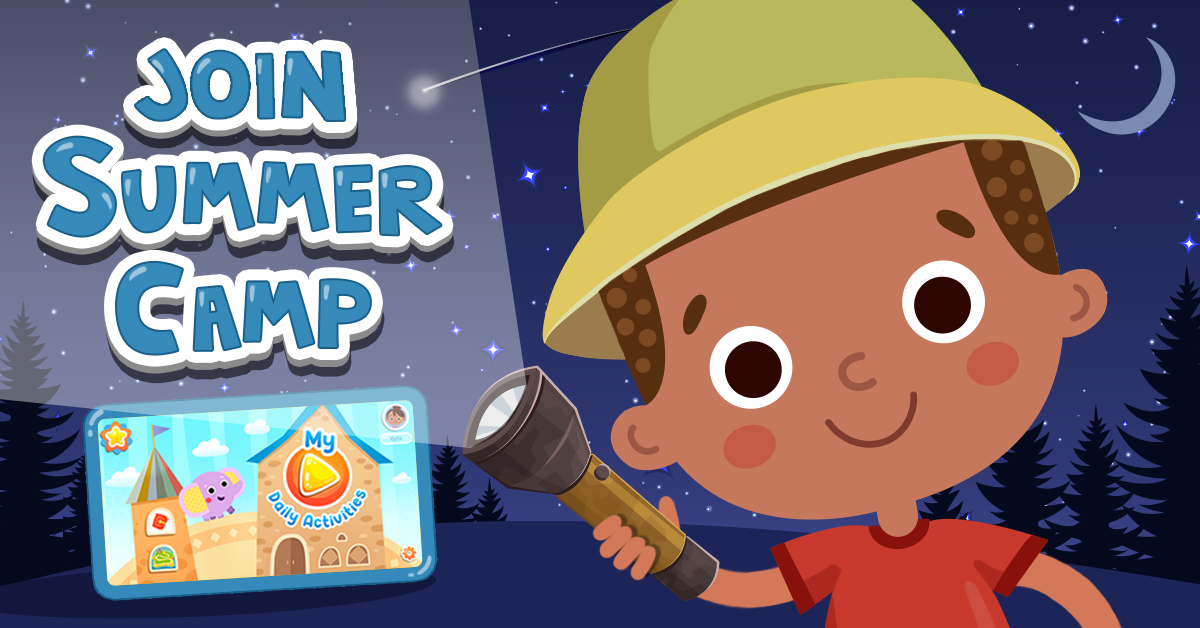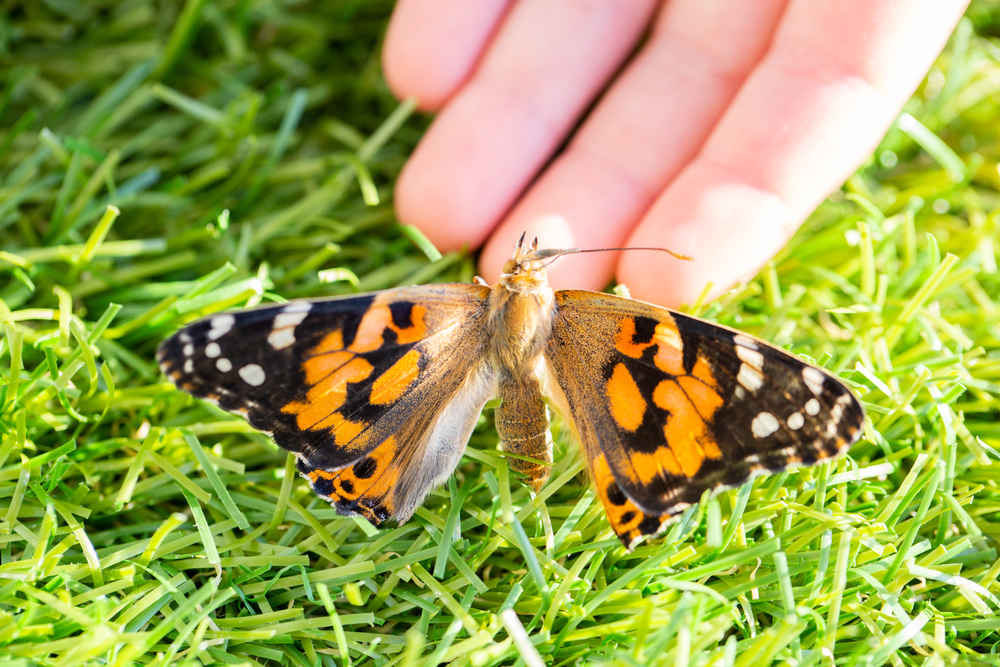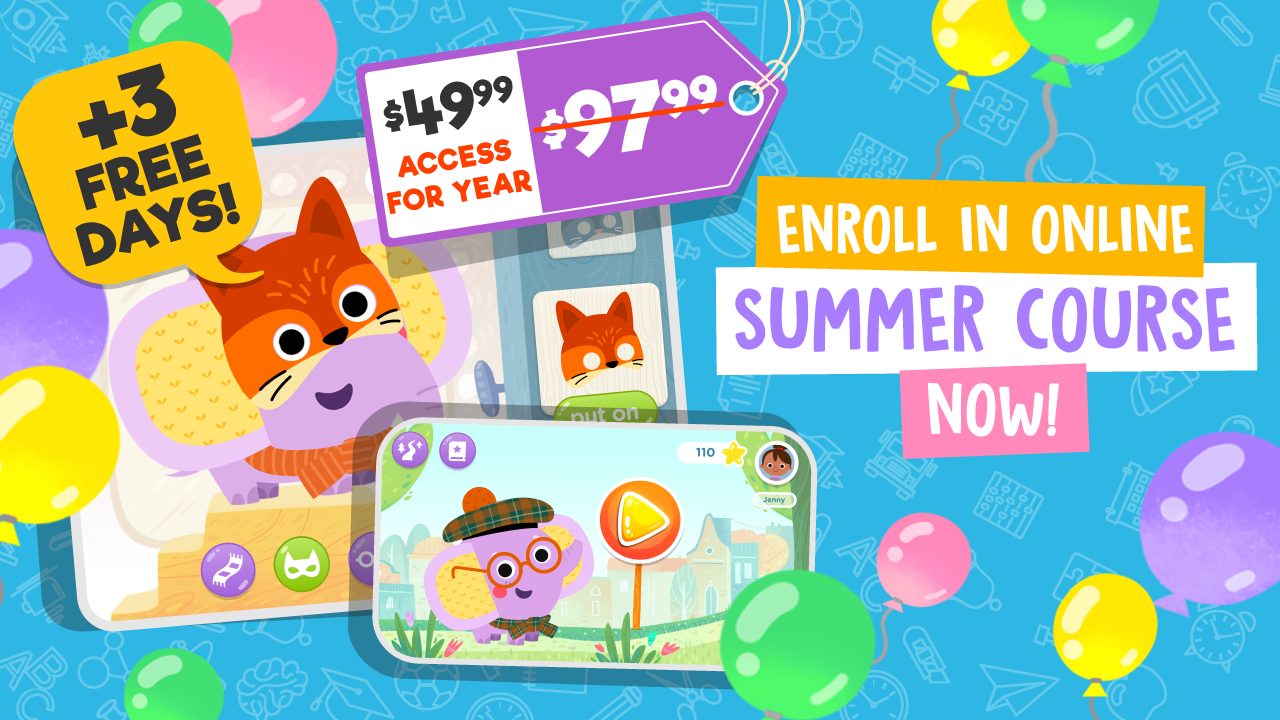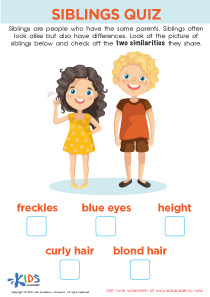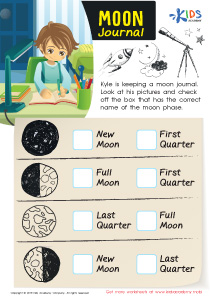Basic Addition Plants and Animals Worksheets for Ages 4-8
4 filtered results
-
From - To
Our "Basic Addition Plants and Animals Worksheets for Ages 4-8" are designed to make learning fun and engaging for young children. These printable worksheets seamlessly integrate basic addition practice with fascinating facts about plants and animals, fostering a love for both math and science. Perfectly tailored for preschool and early elementary students, these activities help develop crucial early math skills while also encouraging curiosity about the natural world. Ideal for classroom use or at-home learning, our worksheets offer a valuable resource for educators and parents looking to support their child's educational journey.
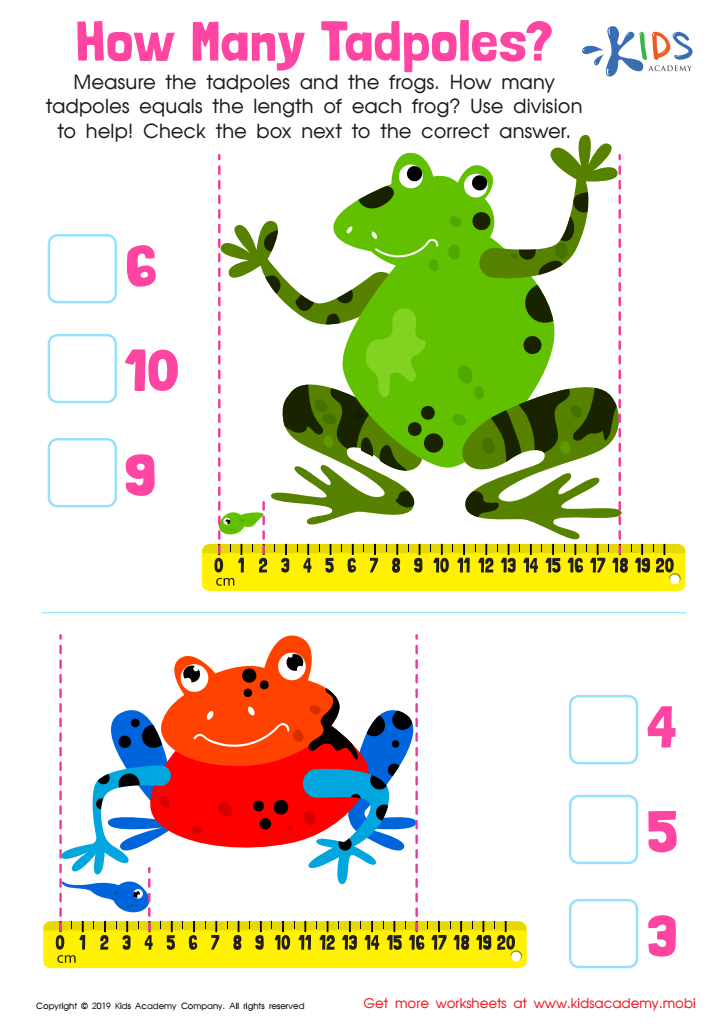

How Many Tadpoles Worksheet
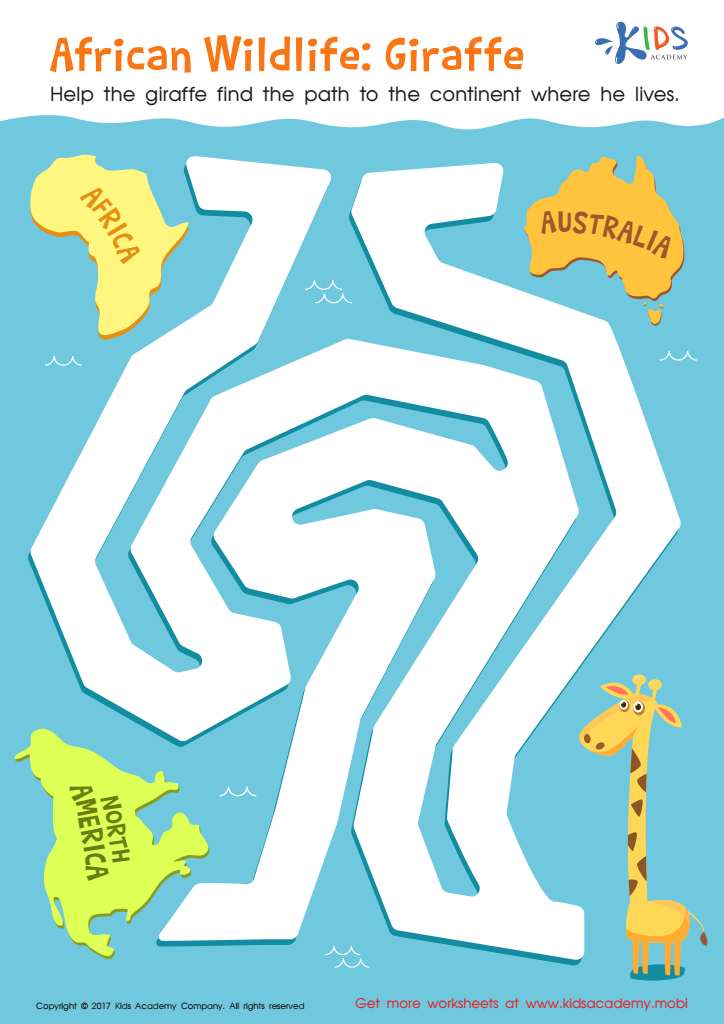

African Wildlife: Giraffe Worksheet
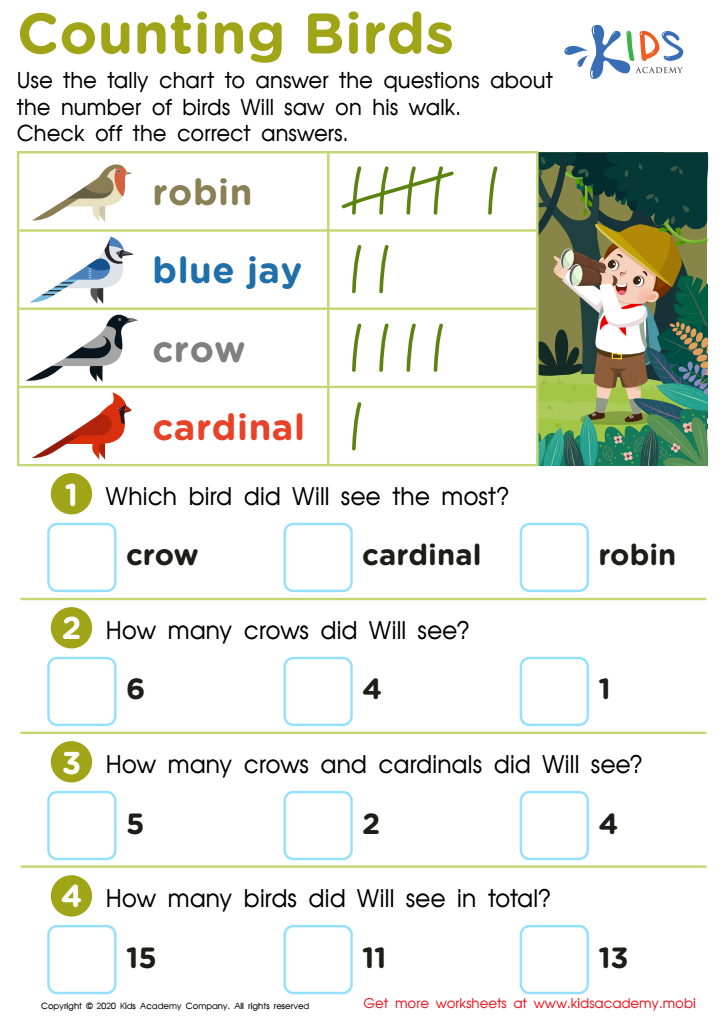

Counting Birds Worksheet
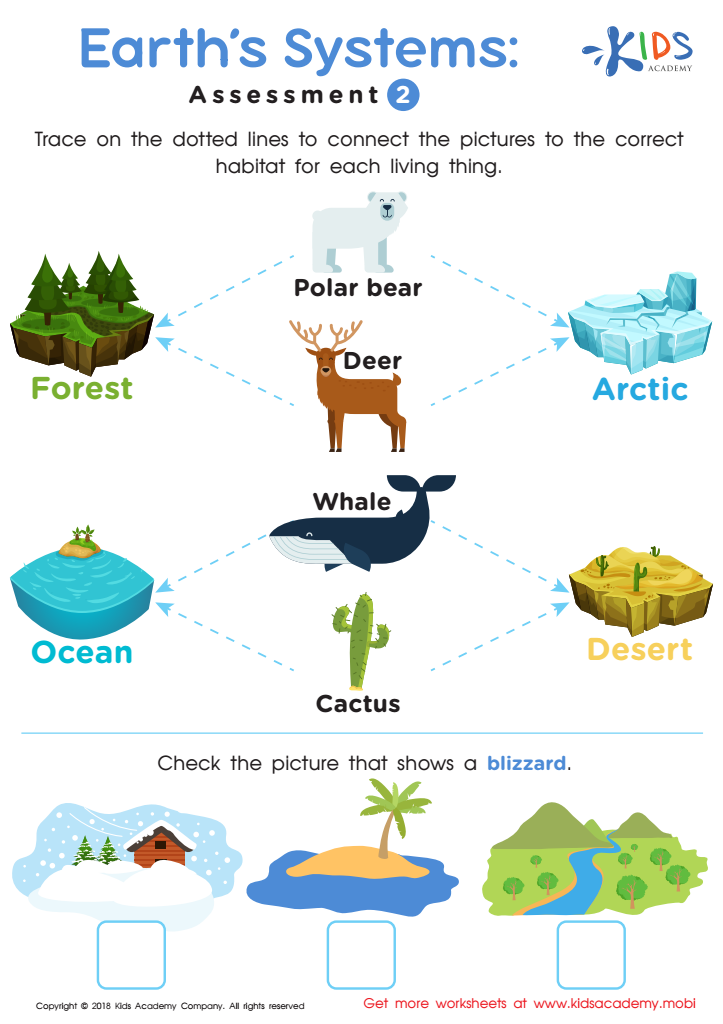

Earth's Systems: Assessment 2
Parents and teachers should care about teaching basic addition and the fundamentals of plants and animals to children ages 4-8 because these foundational concepts lay the groundwork for future learning and intellectual development. Basic addition helps children develop essential math skills, critical for everyday life and academic success. Understanding numbers and how they interact enhances problem-solving abilities and logical thinking. By grasping simple arithmetic, children gain confidence to tackle more complex mathematical concepts later on.
Additionally, introducing young children to plants and animals sparks their curiosity about the natural world, promoting an interest in science and the environment. Learning about various species, their habitats, and lifecycles fosters empathy and a sense of responsibility towards living creatures and nature. This early exposure helps children appreciate biodiversity and can inspire a passion for conservation in the future.
Children at this age learn best through hands-on experiences and play. Parents and teachers can nurture a love for learning by incorporating these basic concepts into games, stories, and outdoor activities, making education both fun and meaningful. Overall, investing time and effort into teaching basic addition, and plants and animals, cultivates well-rounded, curious, and knowledgeable individuals, setting a strong foundation for lifelong learning and environmental stewardship.
 Assign to My Students
Assign to My Students





